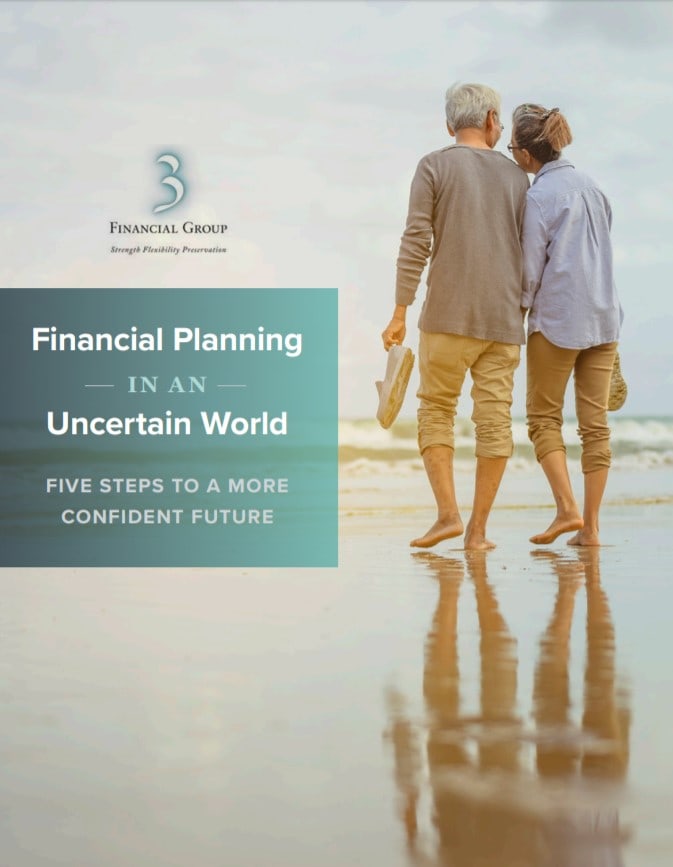We often evaluate the quality of our decisions based on its outcomes. If it was a favorable outcome, then it was a good decision – and vice versa. This form of evaluation may be useful in a lab setting when variables can be controlled, but not in a situation where outcomes are influenced by randomness, chance or luck. In other words, we should not use outcomes when evaluating the quality of our decisions in the investment realm.
Decision Process
We make decisions based on our knowledge, past experiences and future expectations. No matter how good we are at that, we still must deal with the fact that most outcomes are also subject to randomness. Because of this, good decisions may produce undesirable outcomes while bad decisions may produce good outcomes; the latter is especially dangerous in the investment realm.
Imagine a seventy year old decides to invest 20% of his portfolio in Tesla on January 3, 2020. He purchases the stock at $445/share. He sells it a month later at $780/share for a hefty 75% gain. Not too shabby for a one month return. Was this a good decision? No. It was a fortunate outcome, but not a good decision.
For the investor who has a maintained a diversified portfolio over the last decade in line with their moderate risk tolerance, was that a poor decision? After all, they left a lot of money on the table from not having put it all in US stocks. Many feel such a regret in investing, thanks to the hindsight bias.
Since we make decisions looking forward (with the benefit of hindsight), the quality of our decisions should be based on science; in this case the science of probability. We can improve the quality of our decisions by increasing our probability of desirable outcomes. Investors often take this too far. They want the strategy to guarantee them the desirable outcome, and they want confirmation of that daily. That is one reason why investors are influenced to avoid every single downturn. They don’t see that in the process of investing, we will experience loss at times – that is part of the process.
A Better Perspective
For many investors, decision quality and success in investing are determined by return. Over the long term that is true, but investors, even long-term investors, are evaluating their decisions based on short-term outcomes. And the short term is fraught with randomness.
The best decision makers share the following two qualities: they have excellent processes and unbiased judgement. The most successful investors cultivate the following two characteristics: discipline and patience.
We need to evaluate the quality of our decisions based on deliberate planning, thought and reason. We evaluate our success as an investor based on the patience and diligence to the process – even when that process is out of favor. And by all means, every decision and corresponding outcomes are opportunities to learn and refine our process further.
 Joanna Amberger
Joanna Amberger
CERTIFIED FINANCIAL PLANNER™
3 Financial Group
1888 Kalakaua Avenue, Suite C312
Honolulu, HI 96815
808.791.2925
www.3FinancialGroup.com
©2020. The Behavioral Finance Network. Used with permission


